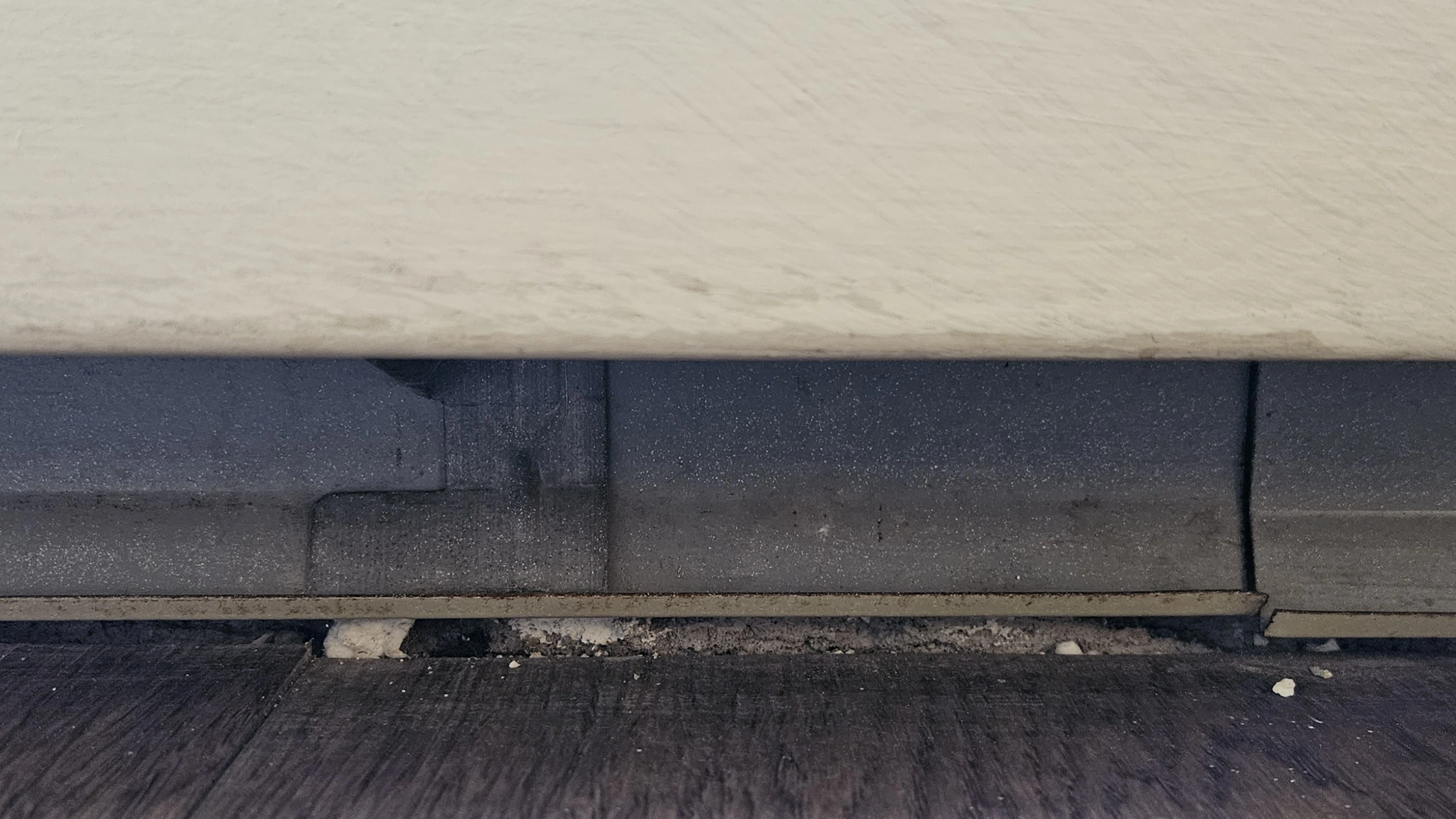this post was submitted on 19 Oct 2023
34 points (100.0% liked)
Home Improvement
9203 readers
5 users here now
Home Improvement
founded 2 years ago
MODERATORS
you are viewing a single comment's thread
view the rest of the comments
view the rest of the comments

You need the gap. Baseboard heaters work by heating the air around it, causing it to rise. This rising air is replaced by the cool air being displaced. By having a gap under the heater, the cool air has a place to go and be heated. This causes a draft that allows the full room to be heated, not just the area around the baseboards. In essence, the gap allows the heater to be more efficient.
If you insist on covering it, use a sheet of decorative metal that is at least partially open to allow airflow through it. Even that will reduce efficiency, but it wont be as bad as blocking it.
I am referring to the small 90° gap between the flooring and the metal where you can see bits of exposed concrete. Are you saying that gap shouldn't be sealed?
My misunderstanding. I thought you meant from the heater to the floor.
To fix the gap you were talking about, you could do some acrylic caulking. You could do high heat silicone if you were worried about the heat, but the acrylic should be fine. Check the tube for the allowed heat range. The silicone will do vetter against the expansion and contraction, but you'd never be able to paint it. The acrylic would be paintable. But had a high chance of cracking.
That's a "floating floor", looks like vinyl plank, it shouldn't be anchored to the walls. I have the exact same setup with my baseboard radiators.
Are you saying that I shouldn't caulk that small exposed area? I'm just wondering why since I don't know.